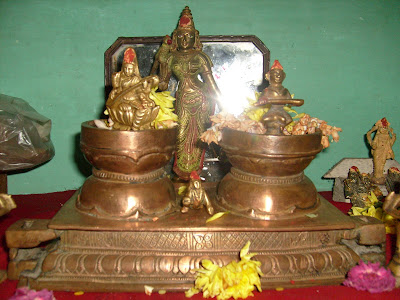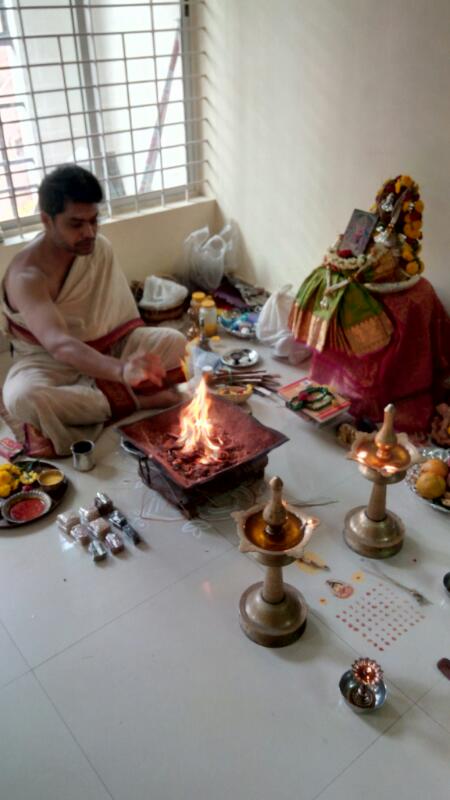The Rahu-Ketu transit homams went on well by Divine Grace today between 7 a.m. and 11-30 a.m. (IST). Vaancha Kalpa Ganapathy Homam, Durga Ganapathy Homam, Ucchishta Ganapathy homam, Durga Beeja mantra homam, Pratiyangira Homam, Aswaroodaa homam, and Rahu-ketu Beeja mantra homams were conducted as a part of the austerities of the day.
My sincere thanks to the members who took part in the homam and sponsored a part of the expenses by their participation through this blog link.
Let the good effects of the transit be increased manifold times for those of us who are under beneficial transit influences; let the malefic effects of the transit be nullified or at least moderated to our advantage by Divine Grace for those of us who are under malefic transit influence of the nodes.
May Divine Grace Bless us all.
Pandit R.DAKSHINAMOORTHI
Astrological and Remedial consultant
dakshinastrologer@yahoo.co.in
For astro-queries click on the link:"Ask a query" on the right side of this blog.










